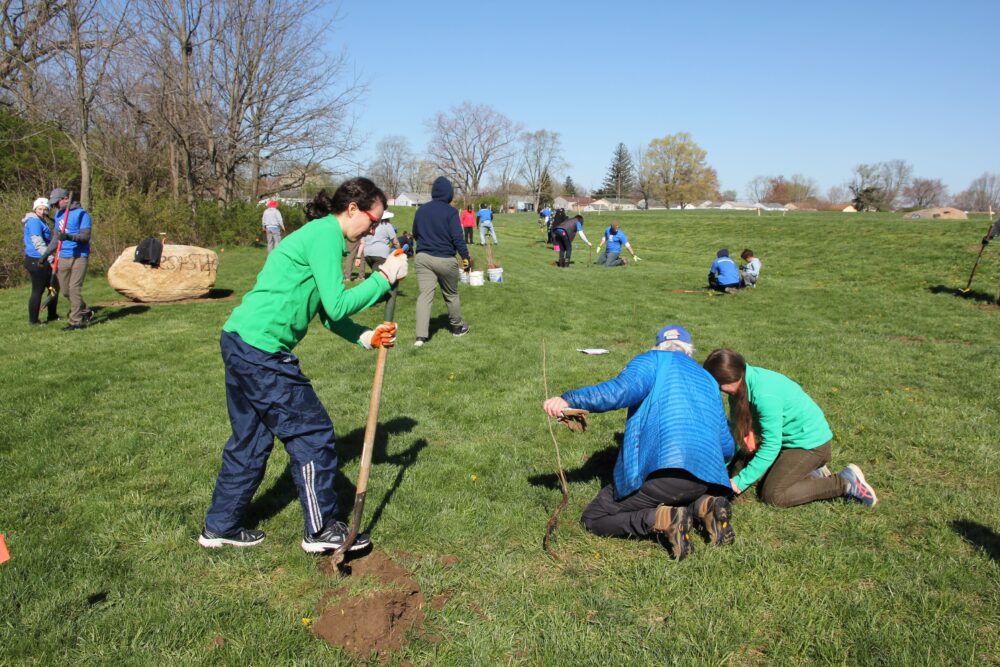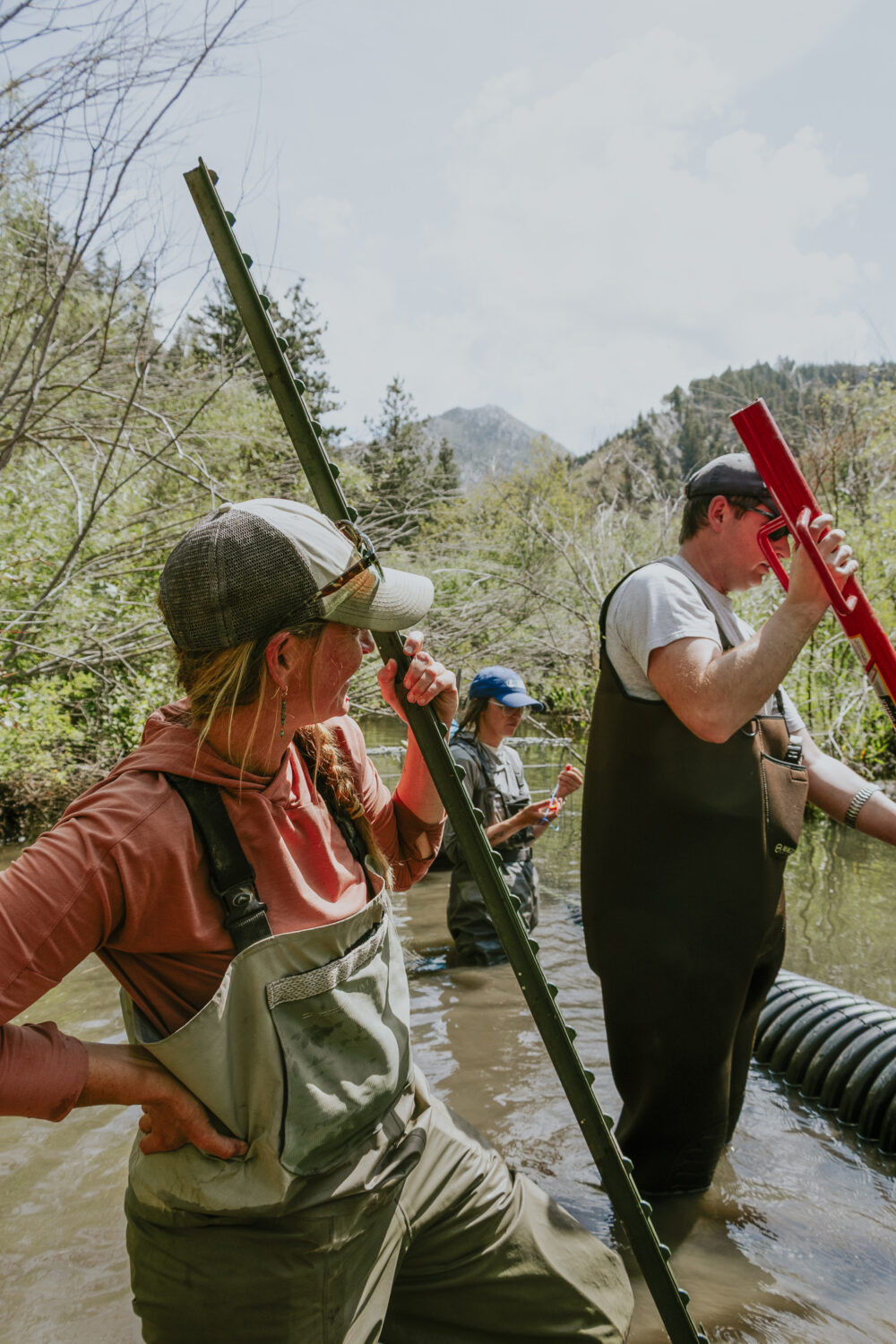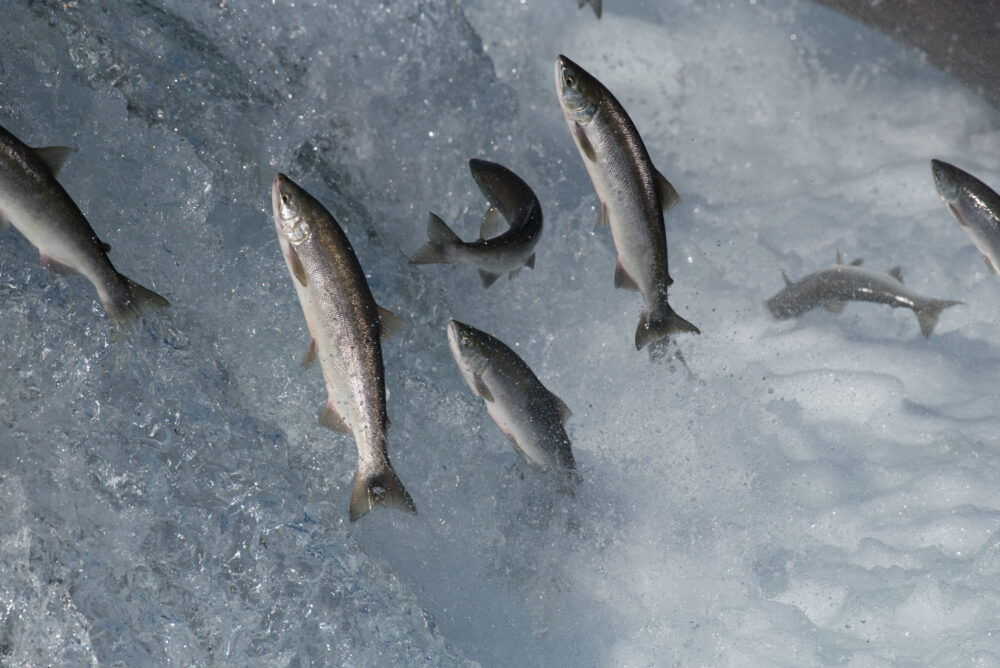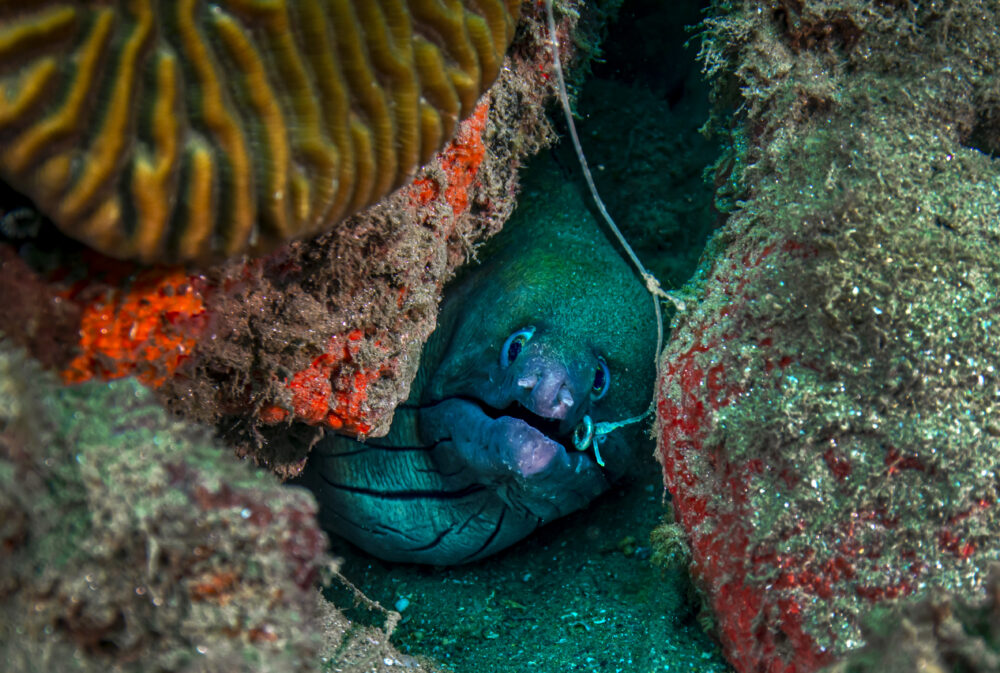We have much more to do and your continued support is needed now more than ever.
5 Ways to Reduce Waste in Your Garden
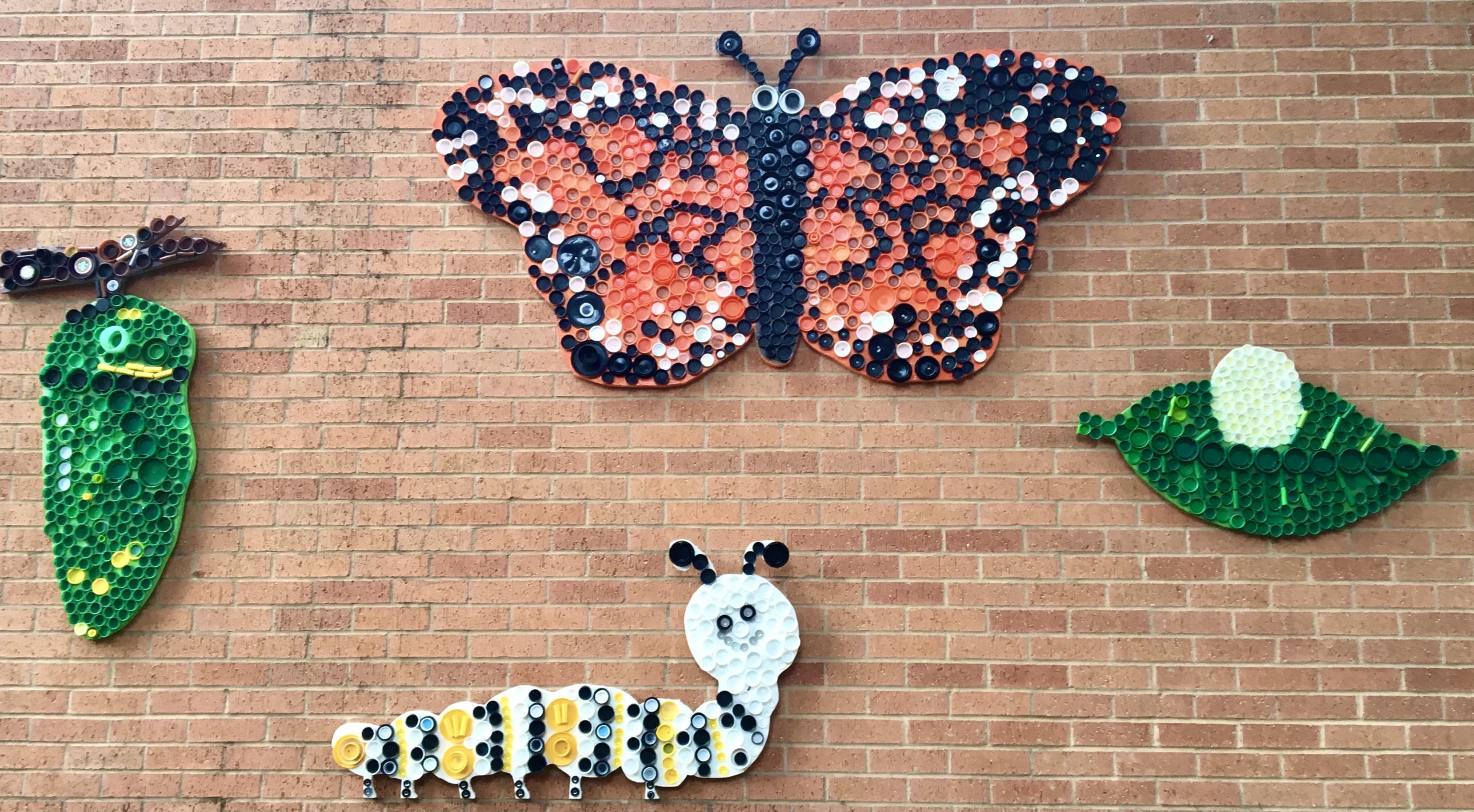
Plastic pollution is a big deal
News about its devastating effects on wildlife and the environment is everywhere and as a result, many of us are now opting for reusable versions of everyday items. With bar soap in the bathroom, canvas totes in the kitchen, and thrifted furniture in the living room, it seems that eco-friendly replacements can be made in every room of the house. But there’s one place that often gets overlooked: the garden.
Whether you’re already a zero-waste warrior or you’re just trying to make your green thumb a bit more green, these tips will help keep waste out of landfills and your garden full of life:
1. Compost
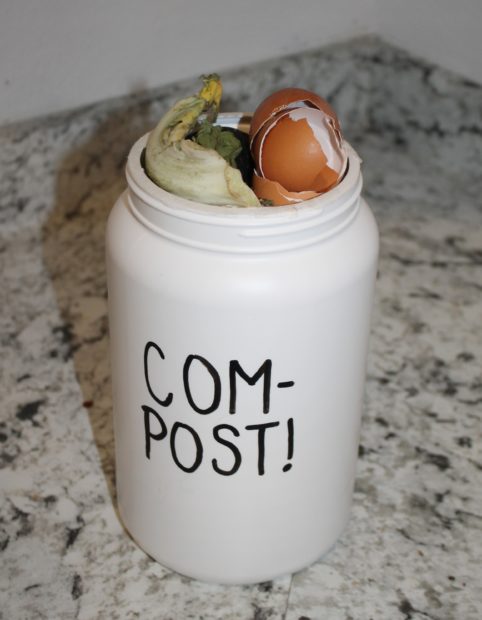
Composting at home is a wonderful way to reduce both plastic and household waste! Forgo the plastic-bound bags of store-bought compost and start your very own pile.
Compostable household waste is broken down into two categories: green, nitrogen-based waste (like vegetable scraps, coffee grounds, and lawn clippings) and brown, carbon-based waste (such as paper, wood scraps, and leaves).
Aim for a ratio of 1/3 green and 2/3 brown and you’ll be reducing plastic (and nourishing your garden) in no time!
Not ready for a full-size compost pile?
Start small! Containers for ground coffee, baby formula, and protein powders are the perfect size for a DIY countertop composter. Having a bin in the kitchen is a great alternative for apartment-dwellers or those wanting to get in the habit of composting before they upgrade to the real deal!
2. Reuse & repurpose
Before you go out and buy a pack of plastic seed starting trays, take a closer look at your trash or recycling bin. Items like yogurt cups, rinsed soup cans, and cut milk cartons can all be repurposed into planters! Be sure to carefully cut holes into the bottom of your DIY pots to ensure that the seedlings are getting adequate drainage. This is an awesome way to give new life to those tough-to-recycle containers!
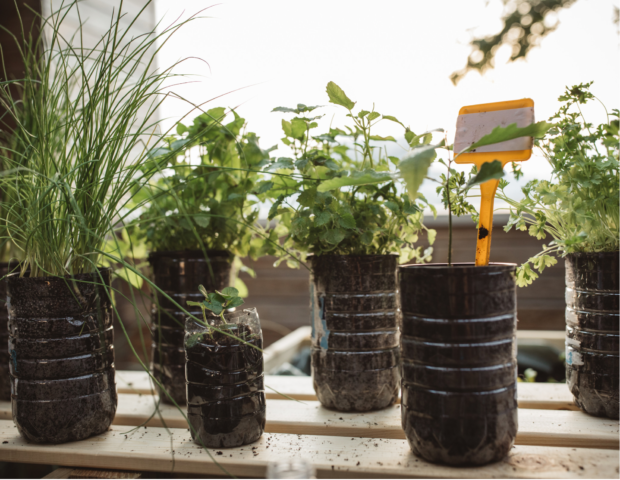
3. Connect with community members
Sharing tools is a great way to connect with fellow gardeners in your area, save money, and build a community. Don’t know where to begin? Research existing gardening and neighborhood groups, or connect with your homeowner’s association. If you don’t have an HOA, social media is also an excellent way to connect with your neighbors. Apps like Nextdoor and Facebook can connect you directly with other nearby nature-enthusiasts!
When the time comes to purchase a new set of tools, think about investing in ones that are designed to last. Plastic tools can be very affordable but they typically aren’t as sturdy compared to those made from stainless steel and hardwood. High-quality tools won’t need to be replaced as frequently, which will help you save money and the planet!
4. Make your own labels
There’s no need to purchase plastic plant labels! Painted rocks can be a fun and artistic way to help you keep track of what’s where in your garden! If you’re looking for a sturdier label that will hold up through rains and watering, try giving new life to old paint stir sticks! The extra space allows for larger letters that are easier to read and decorate.
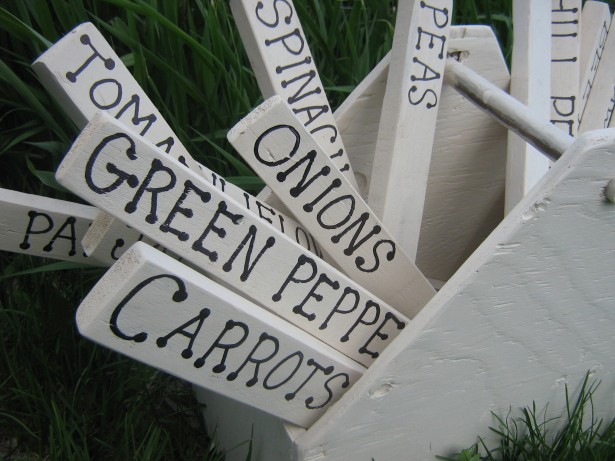
5. Create a Certified Wildlife Habitat!
To become a Certified Wildlife Habitat, you must provide certain wildlife-attracting elements to your garden, such as food sources, shelter, and a place to raise young. Create a safe haven for wildlife while also reducing waste and repurposing broken items. Accidents happen! You can revive broken pots by making them into “toad abodes.” This is a great way to encourage wildlife activity in your garden.

Want to get your little ones involved? Check out these activities from Ranger Rick Online to see how you can create a hummingbird feeder or an insect hotel with items that would normally go straight to a landfill!
Learn more about becoming a Certified Wildlife Habitat:


